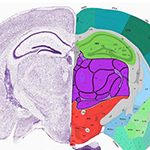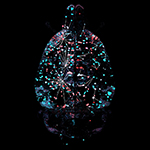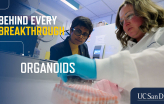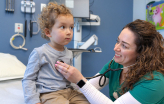First Link between Stillbirths, Birth Complications and Excessive Heat in Lower-income Countries
UC San Diego scientists and colleagues have found links between extreme heat and a heightened incidence of stillbirths and preterm births in relatively poor countries. Their study is believed to be the first to link the two phenomena in a global context.

















